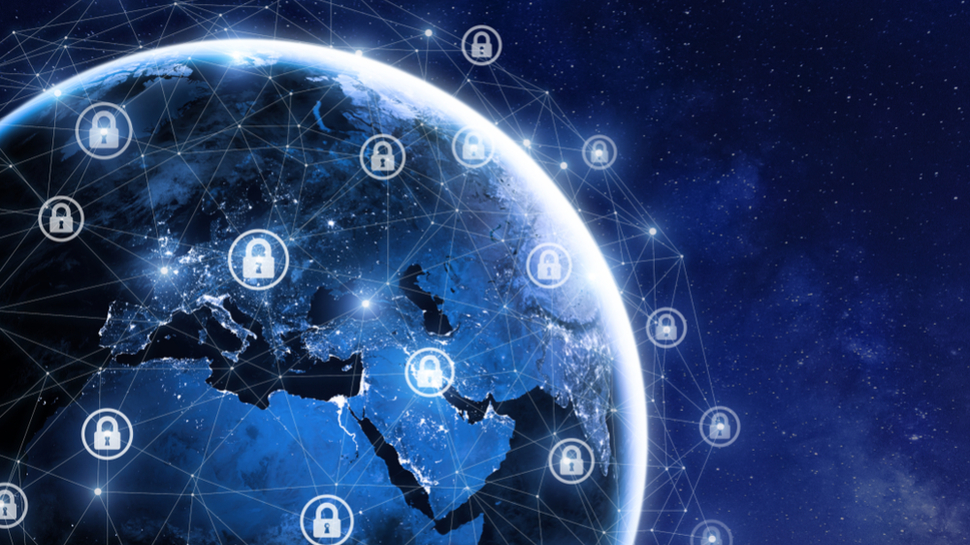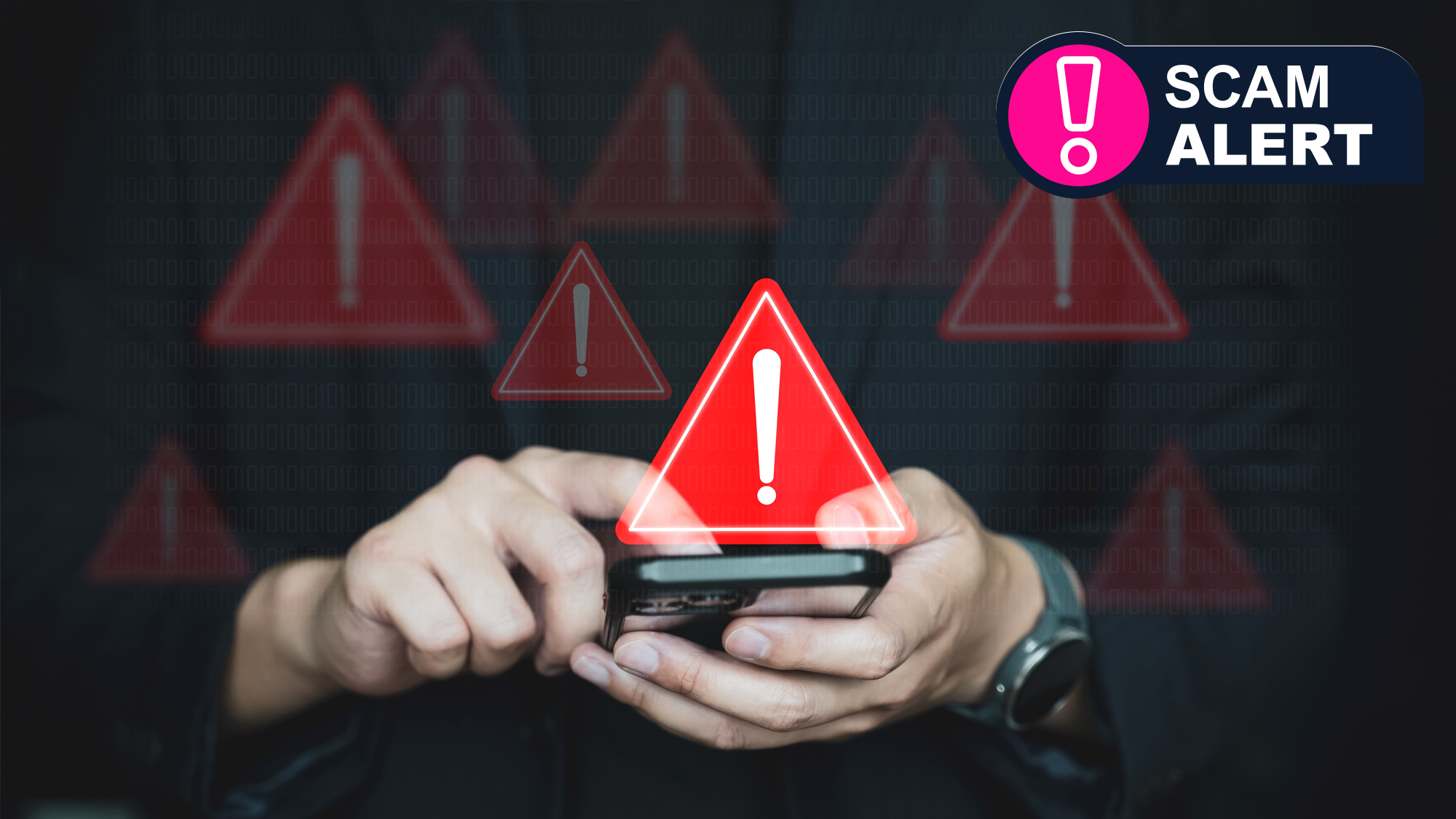Business Continuity in a Digital World – CISO Perspectives
In today’s interconnected business environment, digital disruptions can quickly escalate from minor technical incidents to major organizational crises. The role of Chief Information Security Officers (CISOs) has become increasingly central to business continuity planning, as organizations face sophisticated cyber threats, regulatory compliance challenges, and the need to maintain operational resilience. CISOs must now navigate complex […] The post Business Continuity in a Digital World – CISO Perspectives appeared first on Cyber Security News.
.png?#)
In today’s interconnected business environment, digital disruptions can quickly escalate from minor technical incidents to major organizational crises.
The role of Chief Information Security Officers (CISOs) has become increasingly central to business continuity planning, as organizations face sophisticated cyber threats, regulatory compliance challenges, and the need to maintain operational resilience.
CISOs must now navigate complex technical landscapes while simultaneously providing strategic leadership during crises.
Their perspectives on balancing security requirements with business needs have become invaluable as organizations seek to build resilience against an increasingly unpredictable threat landscape while maintaining competitive advantage in the digital marketplace.
Evolving Role of CISO in Business Continuity
The modern CISO has evolved from a technically-focused security specialist to a strategic business leader with significant influence on organizational resilience.
Today’s effective CISOs possess a hybrid skillset that combines deep technical knowledge with business acumen, risk management expertise, and leadership capabilities.
This evolution reflects the changing nature of business continuity itself, which has shifted from a siloed IT function to an enterprise-wide strategic concern.
CISOs now regularly collaborate with C-suite executives to develop comprehensive continuity strategies that address not only technical vulnerabilities but also business process dependencies, supply chain risks, and reputational considerations.
By bridging the gap between technical security operations and business objectives, forward-thinking CISOs help organizations build adaptive resilience that can withstand the unpredictable nature of digital disruptions.
Building Resilient Security Frameworks
The foundation of business continuity in a digital world relies on creating security frameworks that can adapt to evolving threats while supporting business objectives. Effective CISOs design these frameworks with both protection and resilience in mind.
- Risk-Based Security Architecture – Security investments must be prioritized based on business impact rather than technical severity alone. This approach involves mapping critical business functions to their supporting technical assets and designing layered defenses around the organization’s most valuable operations.
- Operational Resilience Through Redundancy – Technical redundancy alone is insufficient for true business continuity. Leading CISOs implement operational redundancy that encompasses people, processes, and technology, ensuring critical functions continue regardless of which specific component might fail.
- Integrated Response Protocols – Forward-thinking CISOs develop comprehensive protocols that coordinate technical, operational, communications, and leadership activities during incidents. These protocols define clear decision making authorities and escalation paths that function effectively during high-stress situations.
- Data-Driven Recovery Strategies – Business continuity depends on evidence-based recovery prioritization. Sophisticated CISOs implement monitoring systems that provide real time insights into system dependencies and operational impacts, allowing for dynamic adjustments to recovery strategies as situations evolve.
- Cultural Integration of Security Awareness – Technical controls inevitably fail without a corresponding security-conscious organizational culture. Effective CISOs cultivate environments where security awareness is integrated into everyday business operations rather than treated as a compliance exercise.
Integrating these elements creates a resilient framework that can prevent incidents and enable swift recovery when disruptions occur.
Leadership Strategies for Digital Crisis Management
Ineffective leadership can still undermine the most sophisticated business continuity plans during a crisis. Successful CISOs develop specific leadership capabilities to navigate digital disruptions while maintaining stakeholder confidence.
Crisis leadership in the digital domain requires a combination of technical credibility, emotional intelligence, and strategic communication skills that help organizations weather immediate challenges while positioning for future recovery.
During active crises, CISOs must balance transparent communication with careful information management.
This involves providing stakeholders with sufficient information to make informed decisions without revealing details that might compromise security operations or create unnecessary panic.
Effective crisis communication establishes the CISO as a trusted authority who can translate complex technical situations into business impact terms that executives and board members can understand and act upon.
The most effective crisis leaders recognize that resilience is built before incidents occur.
This involves creating organizational muscle memory through regular exercises, establishing cross-functional relationships, and building decision-making frameworks that can operate under pressure.
CISOs who invest in these preparatory activities find their organizations better equipped to navigate crises with minimal business disruption.
Beyond technical response, CISOs must also address the human dimensions of crisis management. This includes supporting stressed team members, managing executive concerns, and maintaining morale throughout extended incidents.
The emotional intelligence displayed during these situations often determines whether technical teams can perform effectively under pressure.
- Strategic Decisiveness Under Uncertainty – Crisis situations rarely present themselves with complete information, yet delays in decision-making can exponentially increase damage. Exceptional CISOs develop frameworks for making strategic decisions under conditions of uncertainty by building scenario-based response playbooks and establishing clear thresholds for escalating decision authority.
- Transformative Recovery Leadership – The most effective CISOs view crisis recovery not as a return to previous states but as an opportunity for organizational transformation. Rather than simply restoring systems, transformative recovery involves conducting honest post incident analyses and redesigning security architectures to incorporate lessons learned from the crisis experience.
Find this News Interesting! Follow us on Google News, LinkedIn, & X to Get Instant Updates!
The post Business Continuity in a Digital World – CISO Perspectives appeared first on Cyber Security News.










































































































































































![[The AI Show Episode 144]: ChatGPT’s New Memory, Shopify CEO’s Leaked “AI First” Memo, Google Cloud Next Releases, o3 and o4-mini Coming Soon & Llama 4’s Rocky Launch](https://www.marketingaiinstitute.com/hubfs/ep%20144%20cover.png)

































































































































![From fast food worker to cybersecurity engineer with Tae'lur Alexis [Podcast #169]](https://cdn.hashnode.com/res/hashnode/image/upload/v1745242807605/8a6cf71c-144f-4c91-9532-62d7c92c0f65.png?#)
























![BPMN-procesmodellering [closed]](https://i.sstatic.net/l7l8q49F.png)






















































































.jpg?#)

































_Tanapong_Sungkaew_via_Alamy.jpg?width=1280&auto=webp&quality=80&disable=upscale#)





























































































![PSA: Reddit confirms ongoing outage [U: Fixed]](https://i0.wp.com/9to5mac.com/wp-content/uploads/sites/6/2023/06/reddit-down.jpg?resize=1200%2C628&quality=82&strip=all&ssl=1)

















![Apple Releases iOS 18.5 Beta 3 and iPadOS 18.5 Beta 3 [Download]](https://www.iclarified.com/images/news/97076/97076/97076-640.jpg)
![Apple Seeds visionOS 2.5 Beta 3 to Developers [Download]](https://www.iclarified.com/images/news/97077/97077/97077-640.jpg)
![Apple Seeds tvOS 18.5 Beta 3 to Developers [Download]](https://www.iclarified.com/images/news/97078/97078/97078-640.jpg)
![Apple Seeds watchOS 11.5 Beta 3 to Developers [Download]](https://www.iclarified.com/images/news/97079/97079/97079-640.jpg)





























![Mobile Legends: Bang Bang [MLBB] Free Redeem Codes April 2025](https://www.talkandroid.com/wp-content/uploads/2024/07/Screenshot_20240704-093036_Mobile-Legends-Bang-Bang.jpg)
































































































